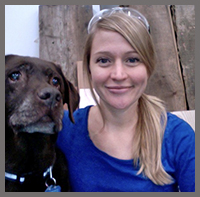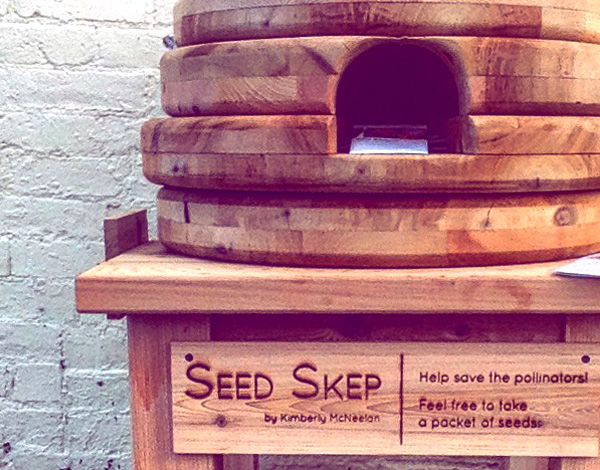
A skep is a traditional style of beehive that people have been making for over 2,000 years. It is a basket that is turned upside down and covered with mud. Through cartoons and popular culture, it has become the iconic beehive form even though the shape we associate is an abstraction.
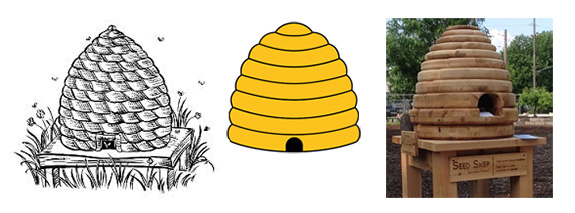
I recently made a public art sculpture that was shaped like a skep. Inside the little door of the hive, were free native wildflower seed packets that people could take home and plant. I titled the piece, ‘Seed Skep’. We need to encourage pollinators because 1/3 of our food is a result of pollination. According the Natural Resource Defense Council, pollinators are becoming less prevalent as a result of insecticides, global warming, and disease. This adventure in woodworking was focused on encouraging healthy communities, and ‘Seed Skep’ focuses on ecology.
One of the main killers of pollinators, are neonicotinoid insecticides which are used to try and save Ash trees from the Emerald Ash Borer. Several cities across the nation have either banned the use of these insecticides or strongly discourage using them. In Indianapolis, our mayor, Joe Hogsett, passed a resolution discouraging the use of neonicotinoids. We joined 25 other cities from across the nation that have taken similar steps to becoming bee friendly cities.
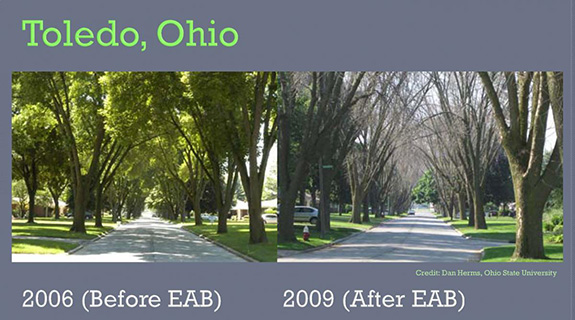
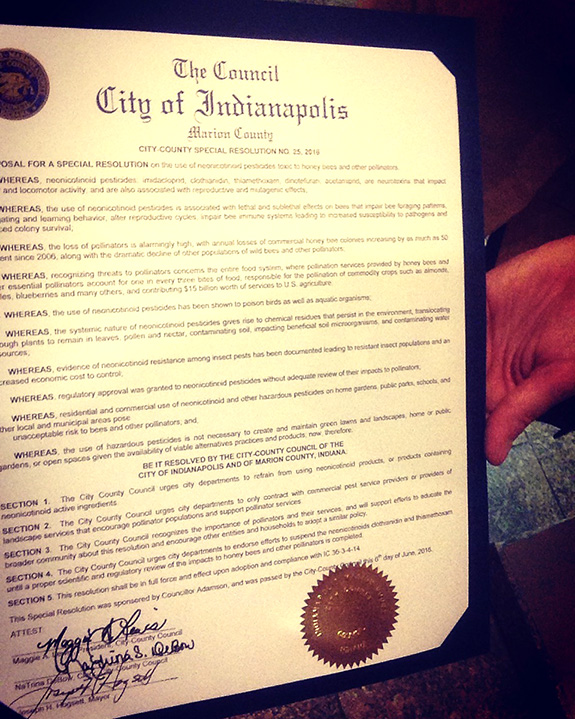
It is hard to track the success of this type of project. However, over 400 seed packets have been taken from the hive, awareness about bees has been raised in the community, and we are on our way to saving the bees. For more information about pollinators and how you can help, click these links to the Xerces Society and National Resource Defense Council.
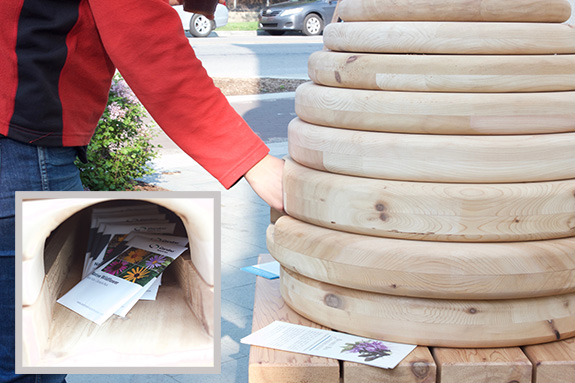
Kimberly McNeelan has been a woodworker for about 14 years. She’s been coast to coast and beyond studying different woodworking techniques, learning from various masters, and working on a wide array of projects. Read more of Kimberly’s latest adventures.
